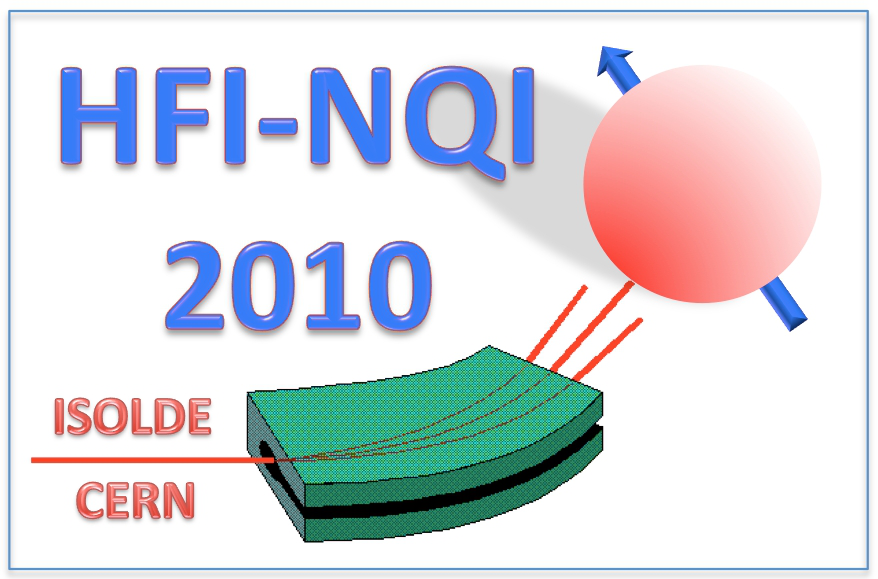Speaker
Summary
The electronic structures of very dilute transition metal (TM) atom and ion (Mn0, V2+, Cr+,
and Mn2+) complexes in silicon hosts have been studied using the Hartree-Fock
procedure[1,2] combined with many-body perturbation theory with the aim to study the
locations of TM atoms and ions and their hyperfine interactions. The clusters studied
involved the TM atom and ions at the hexagonal interstitial (Hi), tetrahedral interstitial (Ti)
and substitutional (S) locations, with the TM atoms and ions occupying a preexisting vacancy
for the substitutional case. The nearest and next nearest neighbors of the TM atom and ions
were included in the clusters for all of the sites studied. The energies of the centers were also
studied for small variations in positions of the TM atom and ions along the <111> axis, and
perpendicular to this direction. From the results of these studies, it is concluded that the
binding energy and the total energy curves with respect to displacements of the TM systems
around the Hi, Ti and S positions support the S and Ti sites as the possible binding sites for all
the systems, the magnitudes of the binding energies favoring the S center. Channeling studies
however suggest that both Ti and S sites are the likely locations of Mn TM systems. We have
therefore investigated the hyperfine interaction constants (A) at both of these sites for Mn0
and M2+ including many-body effects which are rather important because the unpaired
electrons are in d-like orbitals and have no direct contributions. Our results for A for Mn0 and
Mn2+ when compared with experimental results[3] from Electron Paramagnetic Resonance
(EPR) measurements show that the latter data can be explained with only the Mn2+ ion at the
Ti sites, with the value for A from the Mn0 results too small to explain the EPR results. This
investigation illustrates the importance of the hyperfine interactions of the TM system,
together with results from channeling measurements, in deciding on the charge states and
locations of the TM systems in the silicon hosts, which in turn are important for a firstprinciples
understanding of the ferromagnetic behavior of TM systems in Silicon.
References
[1] T.P. Das, Chapter 1 Pages 1-28 in T.A. Kaplan and S.D. Mahanti, Electronic Properties of Solids Using
Cluster Methods, Chapter 1, Plenum Press, New York (1995).
[2] R.H. Pink, S.R. Badu, A. Dubey, R.H. Scheicher, J. Jeong, S.R. Byahut, L.Chow, M.B. Huang and T.P. Das
International Conference on Magnetic Materials (ICMM-2007) Proceedings, pgs. 235-244, American
Institute of Physics (2008).
[3] H.H. Woodbury and G.W. Ludwig, Phys. Rev 177, 102 (1960).
